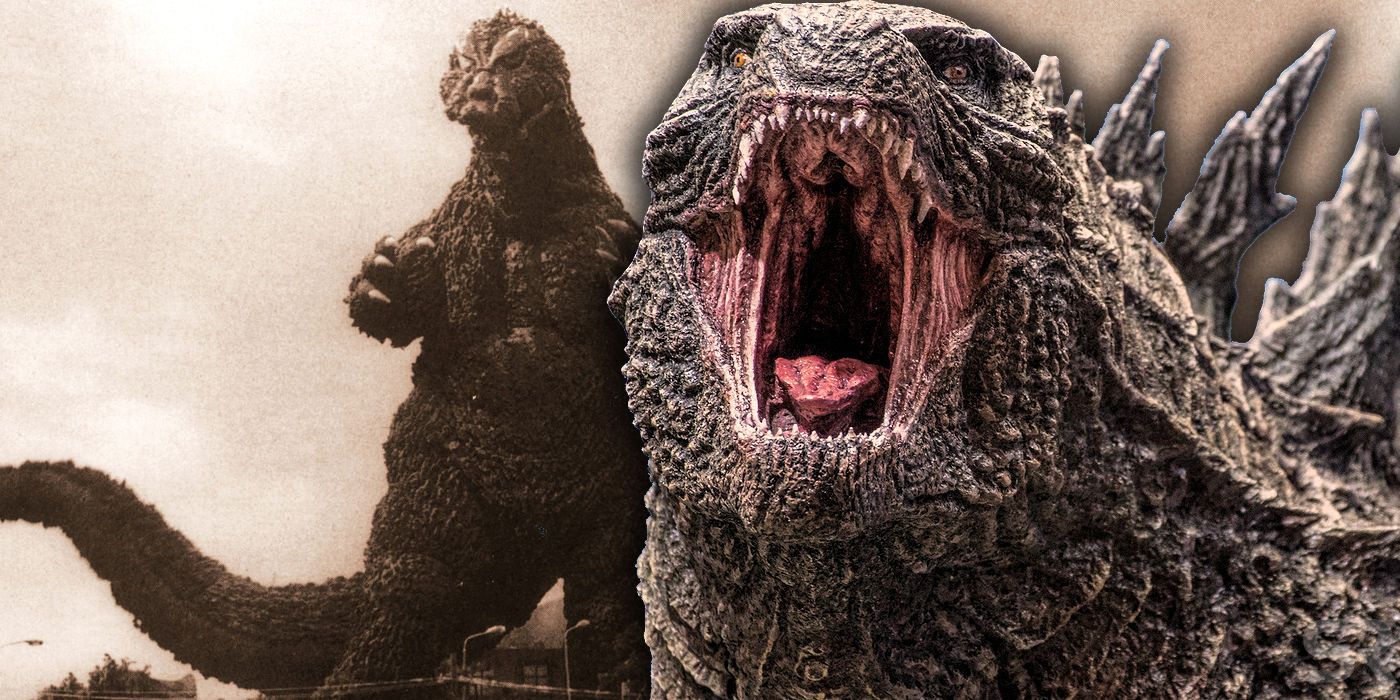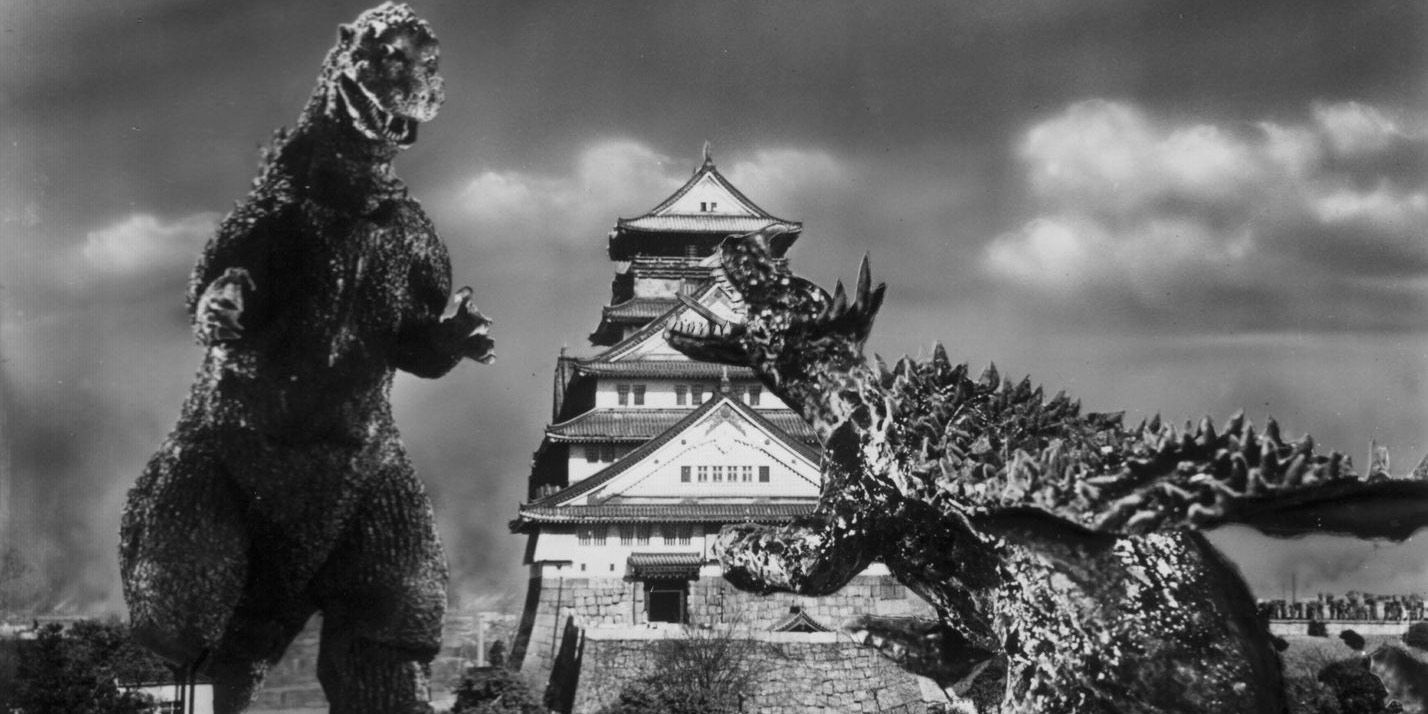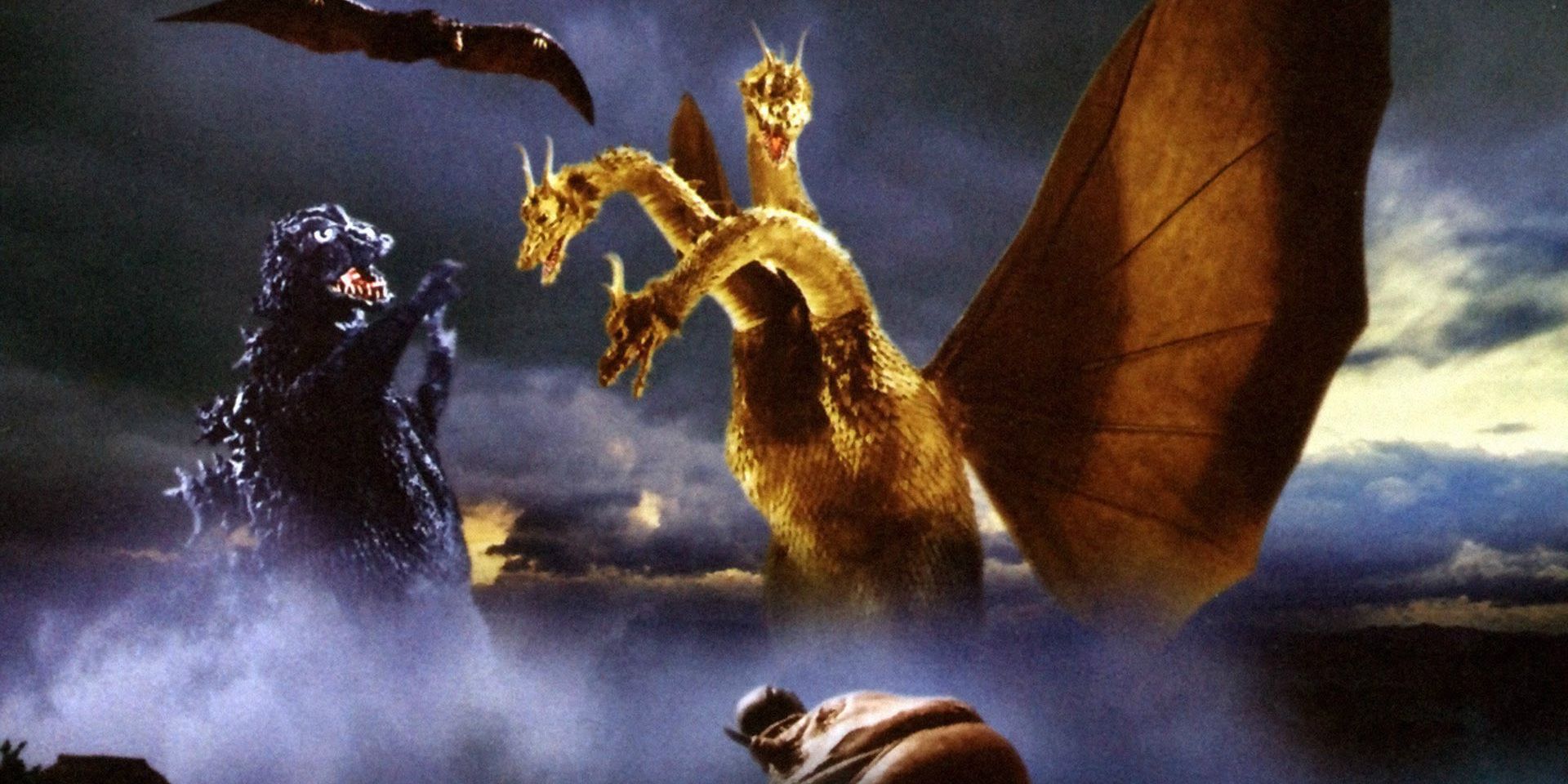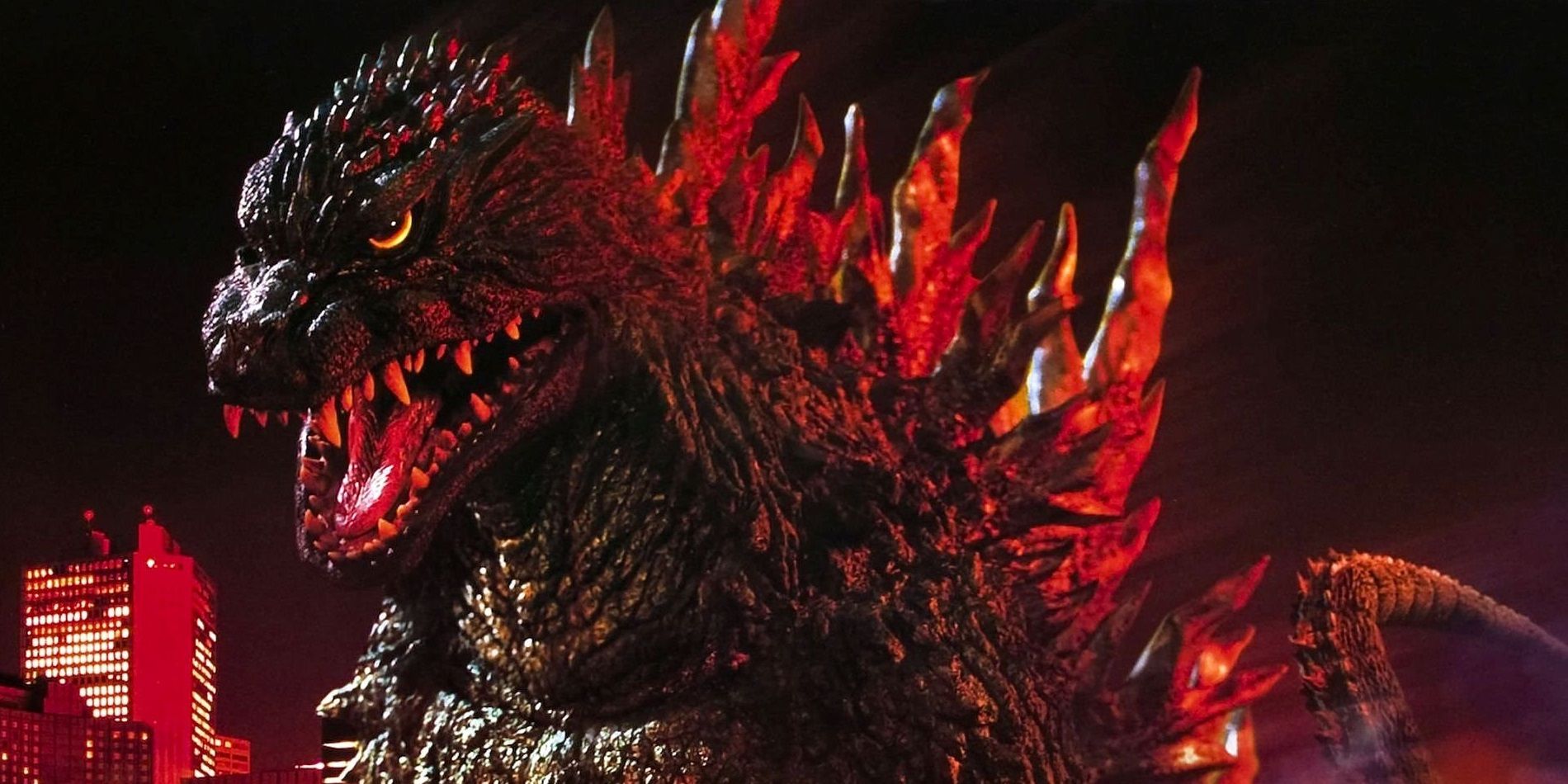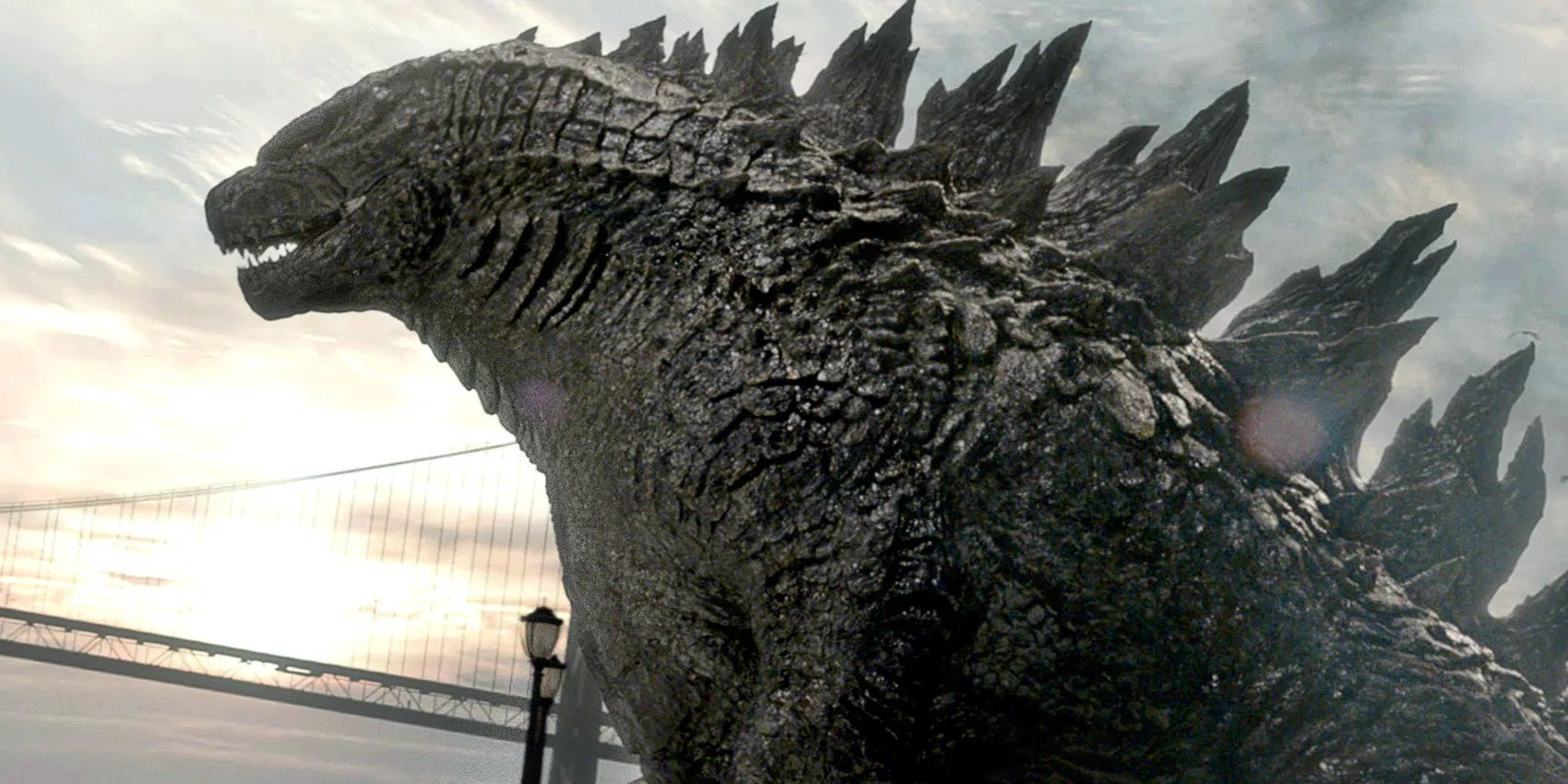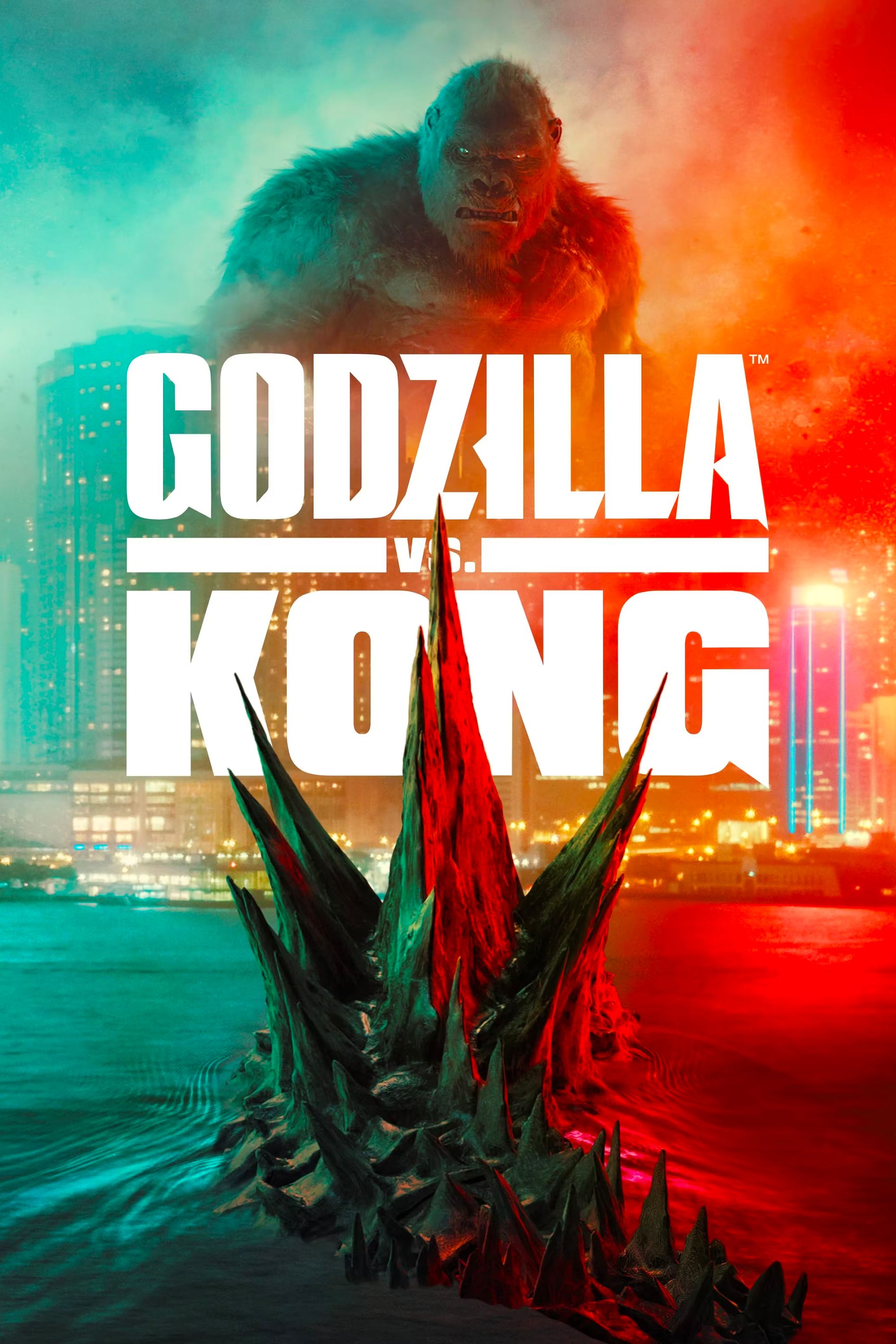Godzilla can sometimes be portrayed as a hero and a villain, though he's never truly been bad - and here's why it's been so confusing. Godzilla has been around for 65 years now, and his image has evolved quite a bit, but there are consistent elements to his character - including parts of his origin and general purpose on-screen.
In his first appearance in Toho's 1954 movie, Godzilla was introduced as an allegory for nuclear war, as the movie was made ten years after the United States dropped atomic bombs on Hiroshima and Nagasaki during World War II. In the movie, it was revealed that Godzilla was born as a direct result of the atomic bomb, as nuclear radiation is what created this enormous, lizard-like monster. Japan's military and government were devastated by this new threat, and was forced to deal with him. Thanks to the Oxygen Destroyer, Godzilla was killed.
The King of the Monsters was brought back in Godzilla Raids Again, the movie that started the tradition of Godzilla fighting a different monster in each film. Every few years, Godzilla is slightly reimagined, with Toho making a few adjustments to his physical appearance and sometimes even his role in the story is changed, with Japan adopting different views of Godzilla depending on what's happening around him. All the different ways that Godzilla has been used since 1954's Godzilla all the way up to Godzilla: King of the Monsters in 2019 have raised questions among some fans over whether Godzilla is a hero, a villain, or something else entirely. Here's how the Japanese pop culture icon has evolved, and how his alignment can be best defined.
Godzilla Was Originally A Villain
For 10 years, Godzilla was depicted as a villain. This was true for his first four films: Godzilla, Godzilla Raids Again, King Kong vs. Godzilla, and Mothra vs. Godzilla. In these movies, Godzilla was a rampaging monster who Japan regarded as its greatest threat. Though not interested in intentionally bringing harm to anyone, Godzilla still brought destruction anywhere he went, due to his size. And when attacked by the military, Godzilla would retaliate with his atomic breath, obliterating anyone who tried to oppose him.
In the first two films, the humans were the heroes, but in King Kong vs. Godzilla and Mothra vs. Godzilla, other creatures - who had much more heroic reputations - were the protagonists. It was up to them to drive off Godzilla and save Japan from his destructive impulses. Godzilla's ruthless nature was on full display in Mothra vs. Godzilla, when he viciously killed the benevolent and peaceful guardian monster, Mothra. When Toho and RKO set up a crossover movie between Godzilla and King Kong, it was decided that Kong would be the hero of the story.
Toho Turned Godzilla Into A Hero In The 1960s
1964's Ghidorah, the Three-Headed Monster (a direct sequel to Mothra vs. Godzilla) took the character in a completely new direction. The arrival of King Ghidorah, a creature who was more intent on causing destruction than Godzilla, presented a threat that Japan had no immediate answer for. Mothra couldn't beat Ghidorah alone, so she went to Godzilla and Rodan for help, but neither monster cared about what happened to the humans and refused to intervene. After watching Mothra bravely go off to face Ghidorah alone, Godzilla and Rodan were shamed into helping. Together, the kaiju disposed of Ghidorah and saved the planet.
This was a transformative moment for Godzilla, as it was the beginning of a new era for the King of the Monsters. For the next several years, Godzilla was recognized as a monster who could be counted on to defend Japan in times of crisis, instead of being its sole destructor. This was also a time where Toho expressed an interest in maintaining a kid-friendly and campy tone in the Godzilla movies, which was evident in films like Godzilla vs. Megalon, Son of Godzilla, and Godzilla's Revenge, with the latter two films presenting Godzilla as a father. This heroic image of Godzilla's lasted until the final film in the series, Terror of Mechagodzilla, in 1975.
Godzilla Evolved Into An Anti-Hero
When Toho revived the Godzilla franchise in 1985 with Return of Godzilla, Godzilla was brought back to his roots. Since the movie was in some ways a modern re-telling of Godzilla's original story, his role was largely the same as it was in the 1954 film. In 1991's Godzilla vs. King Ghidorah, Toho made it abundantly clear that the days of Godzilla being a hero were over. The movie used time travel to change his history as well as his relationship with humans by having him kill an innocent person - someone who thought he shared an emotional connection with the monster.
The portrayal of Godzilla as a villain was repeated in Godzilla vs. Mothra, where Mothra and her ancestral enemy, Battra, had to put aside their differences to protect the world from Godzilla. The last two films in the 1990s series kept the same continuity but made him the protagonist. Though not a hero by any means, Godzilla was still Japan's best hope of surviving attacks from SpaceGodzilla and Destoroyah. Godzilla vs. Destoroyah gave Godzilla one of his most memorable moments by having him sacrifice himself to save his son. This was an interesting movie for the franchise, as it turned the monster into a sympathetic figure.
Following the failure of the 1998 American adaptation of Godzilla that distorted his image, Toho returned to making Godzilla movies in the 2000s. Nicknamed the Millenium series, these films used Godzilla as both the protagonist and the antagonist, which wasn't unlike how he was used in the 1990s. For instance, he was Japan's savior in Godzilla 2000, but was their greatest enemy in Godzilla Against Mechagodzilla. At this point, Godzilla had evolved into an anti-hero. Godzilla wasn't trying to protect Japan, but certain situations put him on their side.
Only one movie made during the 2000s, Godzilla, Mothra, and King Ghidorah: Giant Monsters All-Out Attack, went against the current direction of the franchise. For the first time in the franchise's history, Godzilla was a truly evil creature whose purpose was to bring pain and misery. This is a bit similar to how he was utilized in Netflix's Godzilla anime movie trilogy, but these films aren't representative of who and what Godzilla is.
The MonsterVerse Changed Godzilla Again
Years and years of Godzilla movies seemed to influence Legendary's MonsterVerse, as it borrowed elements from past versions of the iconic kaiju to create its own, unique take on the King of the Monsters. 2014's Godzilla revealed that its interpretation of the monster is an ancient beast who strives to preserve the natural balance. Like all Titans in the MonsterVerse, Godzilla is a natural force whose inherent purpose in the world is to maintain order, particularly keeping the other monsters in line. This stands in stark contrast to how he was represented in Godzilla vs. Mothra, where he was viewed as a threat to nature itself. Legendary's Godzilla is less like the villain of the originals and the 1990s movies, and a bit more like the 1960s version of the character, except this Godzilla has a real reason for protecting the planet from monsters like Ghidorah and the M.U.T.O.s.
-
In short, there is no easy answer when it comes to explaining if Godzilla is a villain or a hero, as it all depends on the movie. Perhaps the best word to describe Godzilla is "anti-hero", because it's the most consistent interpretation. Legendary's movies, on the other hand, have clearly made him into a heroic figure, and it's worth wondering if this depiction of him will influence how he's used in Toho's next reboot.

